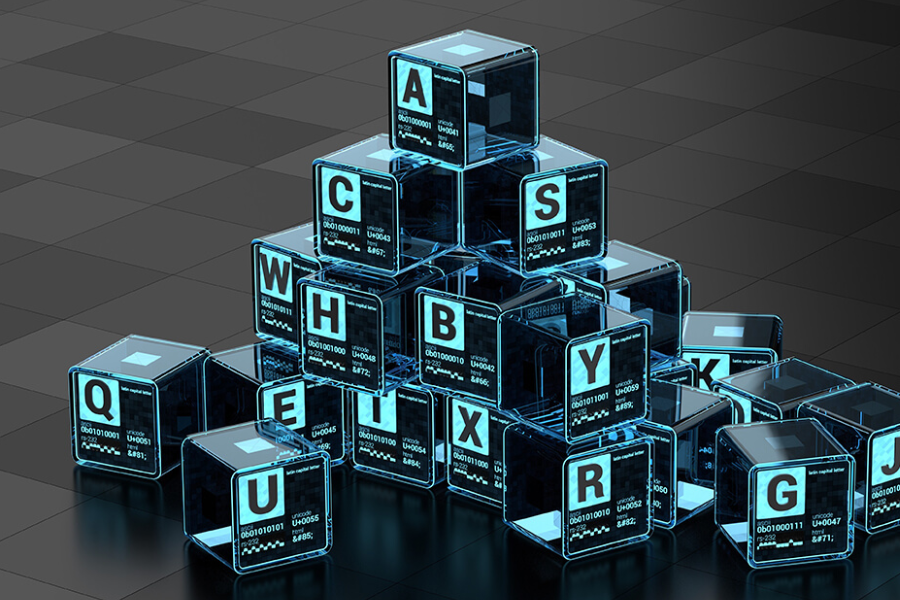Asciiç | Introduction, What is, The History & many more
Introduction
Character encoding is a fundamental aspect of digital communication, allowing computers to correctly interpret and process text. Among the earliest and most widely used encoding schemes is ASCII (American Standard Code for Information Interchange). In this blog post, we’ll dive into the world of ASCII, exploring its origins, structure, applications, and enduring relevance in modern computing.
What is ASCII?
ASCII, short for American Standard Code for Information Interchange, is a character encoding standard that enables electronic devices to represent text. It facilitates the encoding of symbolic information, providing a standardized way to represent each alphanumeric character
.
The History of ASCII
ASCII was developed by the American National Standards Institute (ANSI) in the early 1960s. Its creation aimed to unify the diverse and incompatible text encoding methods of the time. By establishing a consistent character set, ASCII became the standard for text representation, enabling different systems to communicate effectively.
Structure and Design of ASCII
ASCII uses a 7-bit binary code to represent characters, allowing for up to 128 unique values. Each ASCII character is assigned a specific number, which corresponds to a binary code. The simplicity and efficiency of this design made ASCII ideal for early computer systems, which had limited memory and processing power.
The ASCII Character Set
The ASCII character set consists of:
- Control Characters (0-31): These non-printable characters were originally used by teletypes to manage functions like line feeds and carriage returns, which are essential for text formatting.
- Alphanumeric Characters (32-126): This range includes letters (both uppercase and lowercase), digits, punctuation marks, and the space character—essential elements for text processing.
- Backspace (127): While less commonly used today, the backspace character is familiar to anyone who has ever corrected a typo.
Applications of ASCII
ASCII is used in a variety of applications:
- Text Files: Plain text files commonly use ASCII encoding, making them easily transferable between systems.
- Programming: ASCII is often used in programming languages like C and Python to represent simple English characters and other symbols.
- Internet Protocols: ASCII serves as the encoding system for text-based data in many internet protocols.
- Data Communication: ASCII is integral to data communication protocols, ensuring that devices on both ends of a connection can accurately interpret text.
ASCII in Modern Computing
Despite the emergence of more complex encoding schemes like Unicode, ASCII remains relevant in computing today. Its simplicity allows for faster processing, and many modern encoding standards, including Unicode, are backward-compatible with ASCII.
Advantages of ASCII
- Simplicity: ASCII is easy to implement, reducing hardware costs.
- Interoperability: Virtually all systems support ASCII, ensuring broad compatibility.
- Efficiency: ASCII’s compact representation conserves memory and processing power.
Limitations of ASCII
- Limited Character Set: ASCII’s 7-bit encoding restricts it to 128 characters, which is insufficient for languages with larger character sets.
- Lack of Multilingual Support: ASCII’s focus on English characters limits its use in international communication.
Extended ASCII and Beyond
To address ASCII’s limitations, Extended ASCII was developed, expanding the character set to include values ranging from 0 to 255. This allowed for additional characters and symbols from multiple languages. However, even Extended ASCII pales in comparison to more comprehensive standards like Unicode.
Unicode: The Next Generation
Unicode was developed to provide a universal character encoding standard capable of representing characters from virtually every writing system. With over a million unique character codes and variable-length encoding in UTF-8, Unicode has become the standard for modern computing. Nevertheless, ASCII remains a foundational element of this broader encoding system.
Facts:
- ASCII Definition: ASCII stands for American Standard Code for Information Interchange, a character encoding standard used in electronic communication.
- History: ASCII was developed in the early 1960s by the American National Standards Institute (ANSI) to standardize text encoding across different systems.
- Structure: ASCII uses a 7-bit binary code, allowing for 128 unique characters, including control characters, alphanumeric characters, and punctuation.
- Character Set:
- Control Characters (0-31): Non-printable characters used for text formatting.
- Alphanumeric Characters (32-126): Includes uppercase and lowercase letters, digits, punctuation, and the space character.
- Backspace (127): Used to correct typos.
- Applications: ASCII is used in text files, programming languages (like C and Python), internet protocols, and data communication systems.
- Relevance: Despite newer encoding systems like Unicode, ASCII remains relevant due to its simplicity and backward compatibility with modern standards.
- Advantages:
- Simplicity: Easy to implement.
- Interoperability: Supported by virtually all systems.
- Efficiency: Compact and conserves memory.
- Limitations:
- Limited Character Set: Only 128 characters, insufficient for non-English languages.
- Lack of Multilingual Support: Focuses on English characters, limiting international use.
- Extended ASCII: Expands the character set to 256 characters, allowing for additional symbols and multilingual support.
- Unicode: A comprehensive encoding standard developed to represent characters from nearly every writing system, now the standard in modern computing.
Summary:
The article provides an in-depth overview of ASCII, the foundational character encoding standard used in computing. ASCII was developed in the 1960s to standardize text encoding, making it easier for different systems to communicate. It uses a 7-bit binary code, allowing for 128 unique characters, including control characters and alphanumeric symbols. Despite being replaced by more advanced systems like Unicode, ASCII remains essential due to its simplicity, efficiency, and backward compatibility. Extended ASCII and Unicode were developed to address ASCII’s limitations, especially its limited character set and lack of support for international languages.
FAQs:
- What is ASCII?
- ASCII is a character encoding standard that uses a 7-bit binary code to represent text and control characters in electronic communication.
- When was ASCII developed?
- ASCII was developed in the early 1960s by the American National Standards Institute (ANSI).
- Why is ASCII still relevant today?
- ASCII remains relevant because of its simplicity, efficiency, and backward compatibility with modern encoding systems like Unicode.
- What are the limitations of ASCII?
- ASCII has a limited character set of 128 characters, making it insufficient for non-English languages and lacking multilingual support.
- What is Extended ASCII?
- Extended ASCII is an expanded version of ASCII that uses an 8-bit binary code, allowing for 256 characters and additional symbols.
- How does Unicode relate to ASCII?
- Unicode is a comprehensive encoding standard that includes ASCII as a subset and is capable of representing characters from virtually every writing system.





